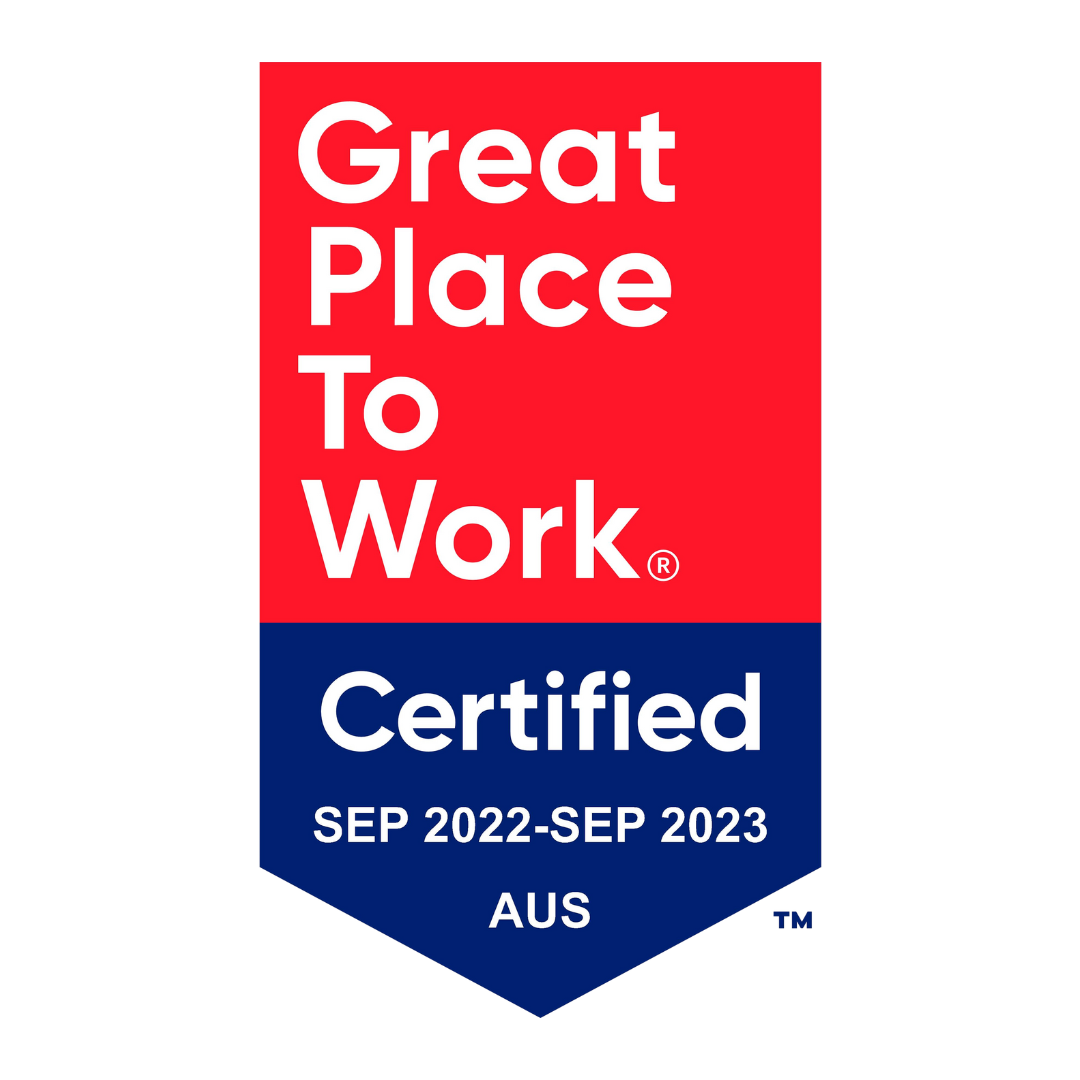Onboarding remote employees
During this time we have had some queries about how to onboard remote workers and what best practices are in terms of welcoming a new hire and how to make them feel included.

We have collated the below tips that might be able to help you through!
Ensure the new-starter’s home is a safe environment
Workplace Safety requirements extend to your new starters home and it is important they are set up to work safely. Make sure they complete a Working from Home safety checklist prior to commencing their new role and that any issues are addressed as a priority.
Sending a physical welcome letter and/or some merchandise
This may take longer to arrive to them but it is a nice personal touch. Some thoughtful merchandise could include headphones, a mug, a water bottle, a notepad, or anything else that could be useful at home.
Maintaining new-starter meetings via video call (casually)
Make sure to set a few coffee or tea meetings to just acquaint yourself with the new starter. You can make some dot points of things to cover off such as, a bit about what the company is usually like and what people are doing at the moment to adjust. You can also chat about how they are set up at home and any tips that can help them. Of course, you will also have the usual onboarding chat which can include next steps, training, e-meeting people and setting goals and KPIs.
It can be great in this time to get to know your new employee too and learn a bit about them personally.
Get IT to set them up and walk through your digital communication tools, welcome them openly
At Peoplebank we use Teams to chat quickly with our team members via a chat function. Teams allows us to share GIFs, emoticons, images and also to video chat! This is just one example, whatever you use, make sure to set up your new team member and welcome them into a group chat. Ask them questions and get them to know your team! Group video chats are great too and will help everyone put a face to the name. A great idea is to schedule in video conferences each week to help everyone keep in touch, helping to maintain and form bonds.
They should also be set up with access to the same files and folders as everyone else on your team with clear directions about how to access these.
Streamline onboarding activities and check in with their progress
Work with your HR team to streamline onboarding activities. A lot of onboarding is online anyway now, which is great! But for things that aren’t so simple you may need an alternate solution. On that note, make sure to check in on their progress. Since you aren’t in the office together and can’t casually walk by and say ‘Hey, how’s it all going?’ make sure you do this virtually or via a phone call.
This article will get updated as we discover new ways to help the onboarding process be a success from the comfort of our homes! Be sure to check in.





















